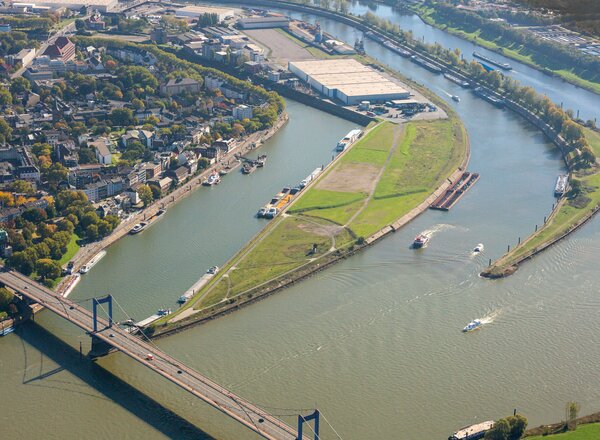Reduction
Once the major drivers of environmental costs have been identified, ‘hot spots’ and suitable reduction options can be derived from them. We will always consider the possibilities for compensation against the possibilities for reduction. In total, more than one hundred individual projects are to be implemented - in the public and private sectors. The housing industry, local authorities and citizens are called upon to work together to achieve the energy and climate transition.
Energy supply and utilisation is certainly one of the most relevant dimensions. This primarily refers to the energy consumption of households, businesses and public institutions. However, the transport sector also plays a decisive role with up to 40% of the environmental damage caused, e.g. in the ground-level ozone formation potential (summer smog) or almost 30% in the acidification potential. Compared to energy and transport, the waste sector is less relevant in most of the environmental impacts assessed, but is a major cause of marine eutrophication potential (approx. 70%.
The modernization of existing buildings is essential for reduction. There is potential for reduction in areas such as:
- Increasing the share of renewable energy: Cities can utilize renewable energy sources such as solar and wind energy to meet their energy needs. By using renewable energy, cities can reduce their dependency on fossil fuels and thus reduce their greenhouse gas emissions.
- Promoting public transport: Cities can promote public transport by supporting the expansion of bus and rail connections, developing cycling routes and incentivising the use of public transport. By reducing the number of cars on the roads, cities can reduce their emissions from the transport sector.
- Building modernisation: Cities can improve the energy efficiency of buildings by supporting building refurbishments. By improving insulation and using energy-efficient heating systems, cities can reduce the energy consumption of buildings and thus also lower their greenhouse gas emissions.
- Promoting the circular economy: Cities can promote the circular economy by encouraging waste reduction, reuse and recycling. By reducing the amount of waste and reusing materials, cities can reduce their resource consumption and thus lower their greenhouse gas emissions.
